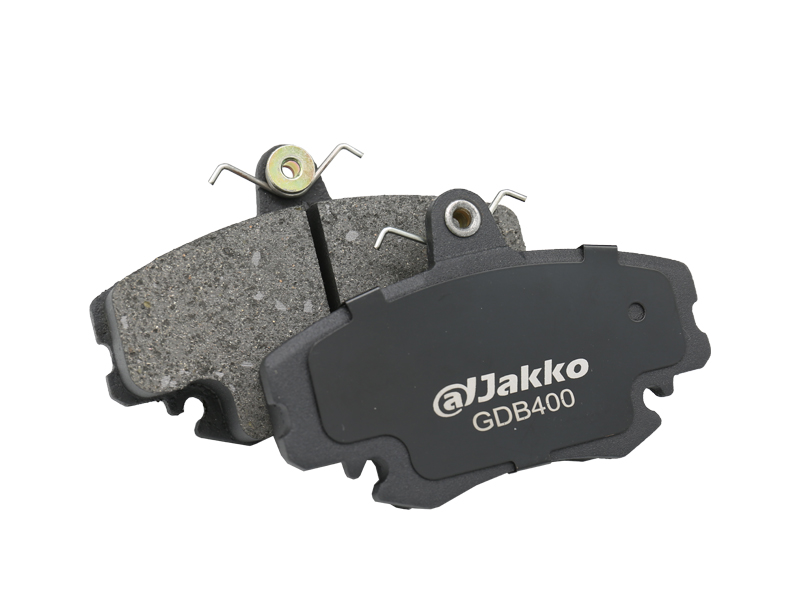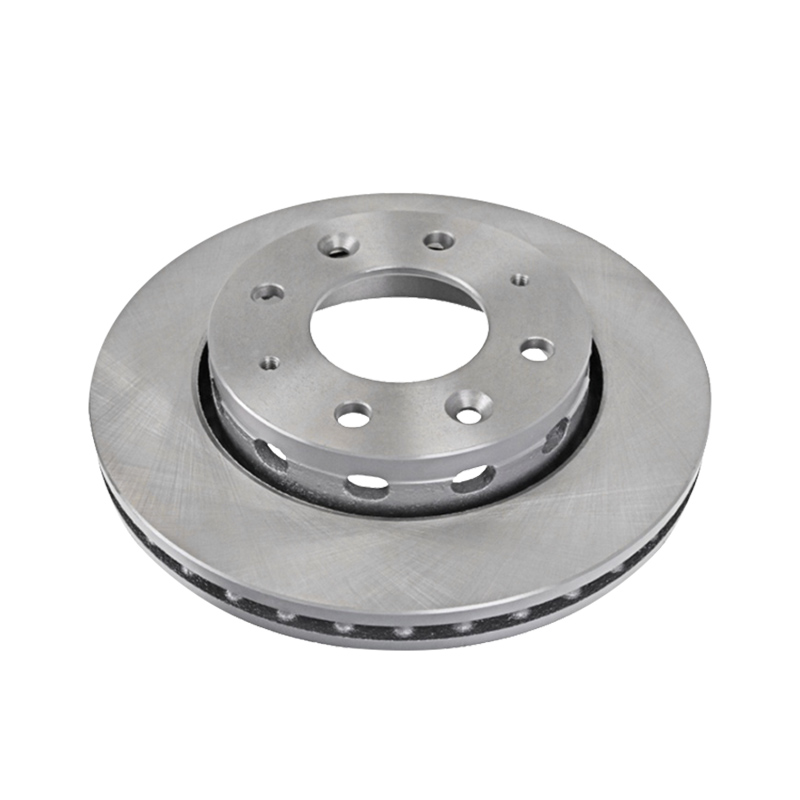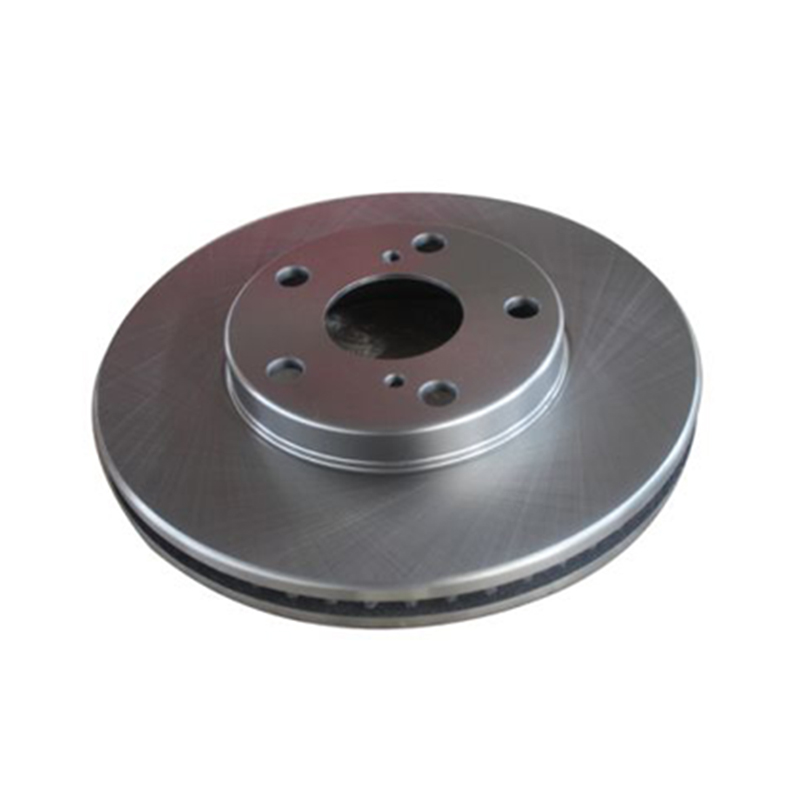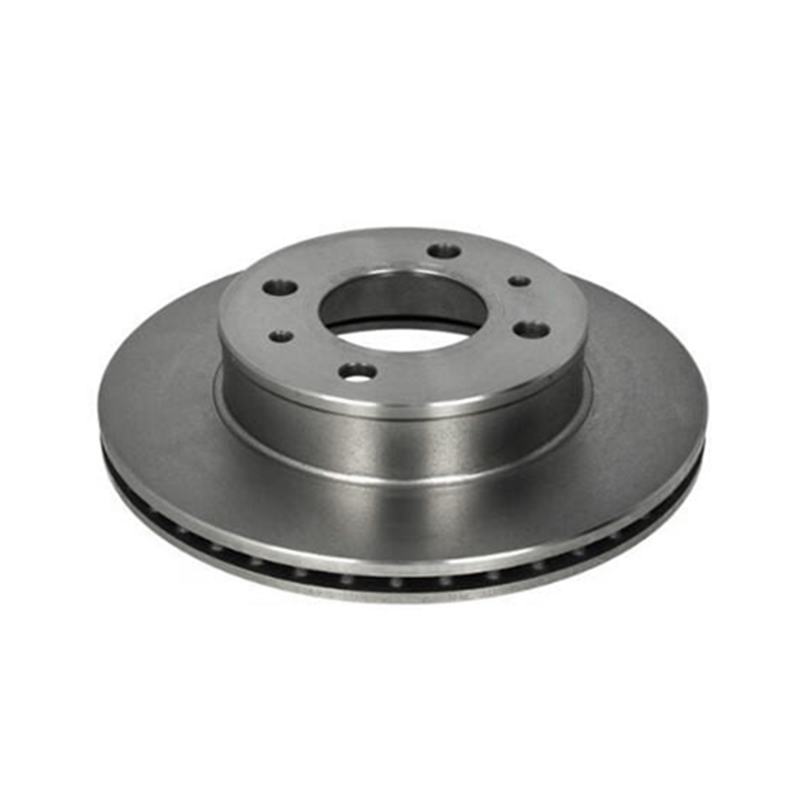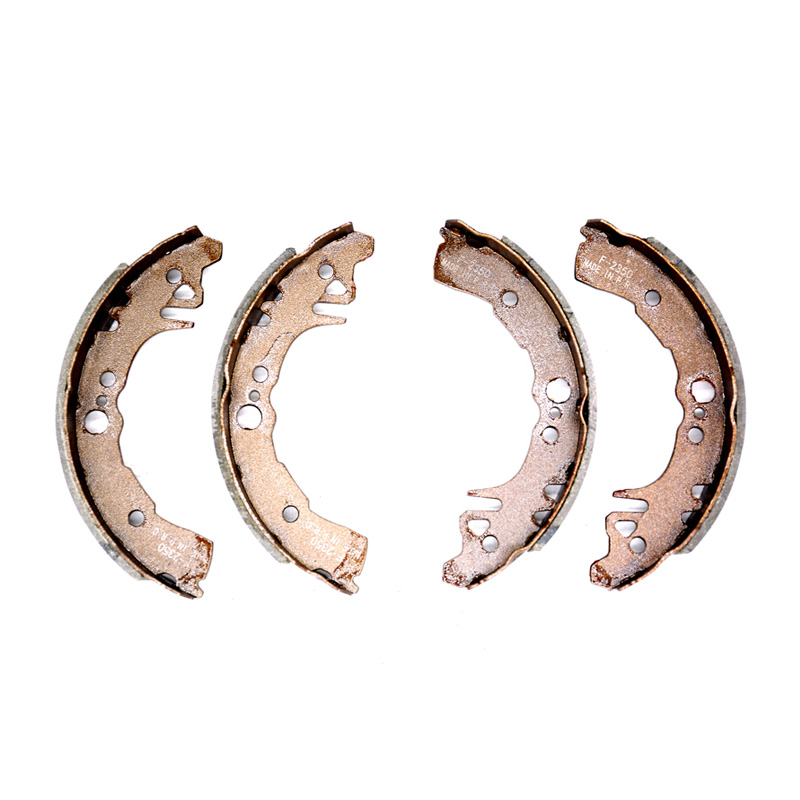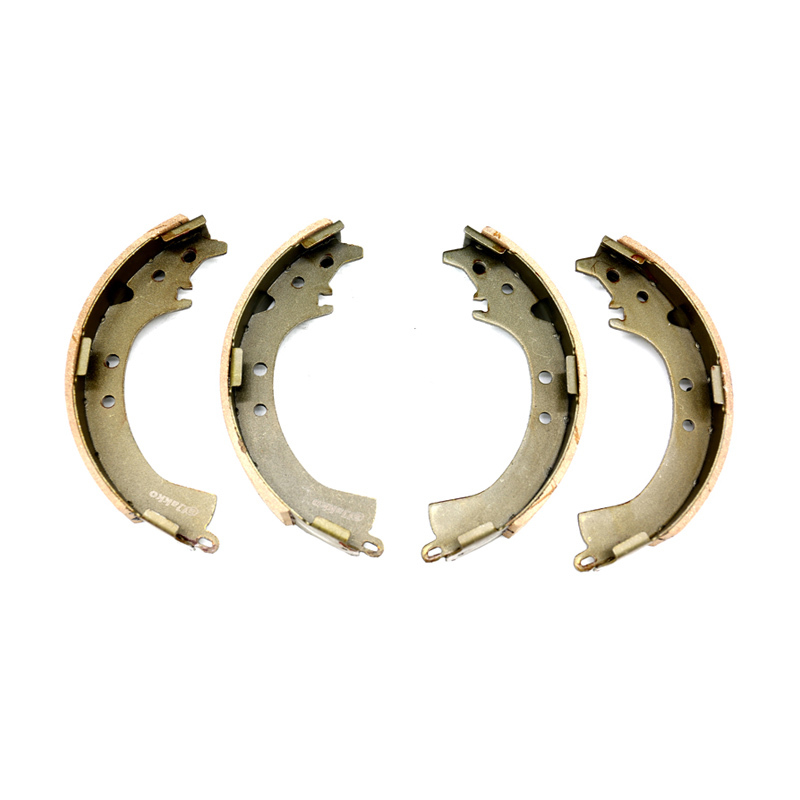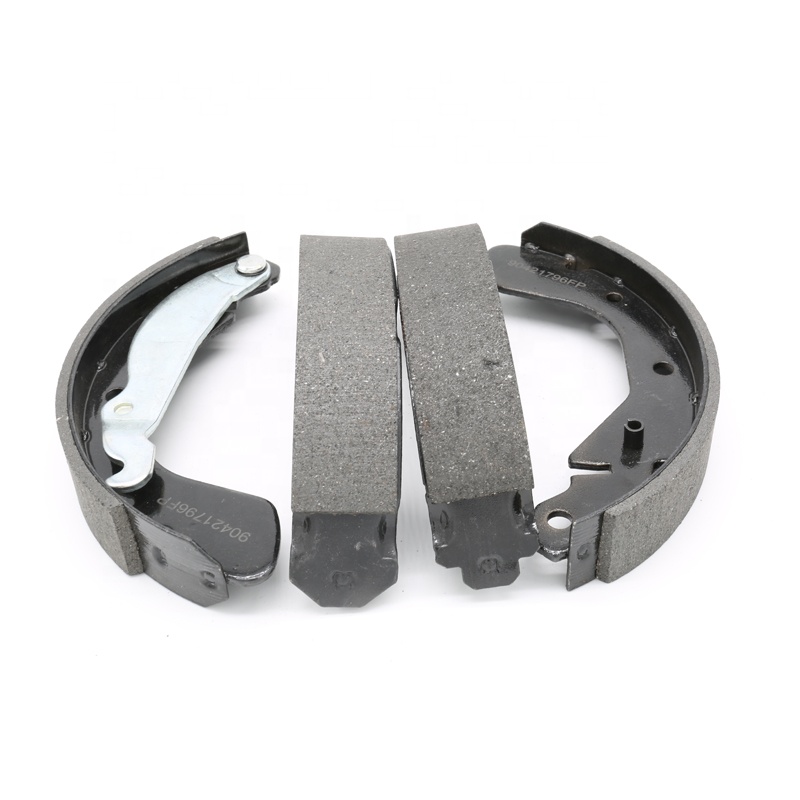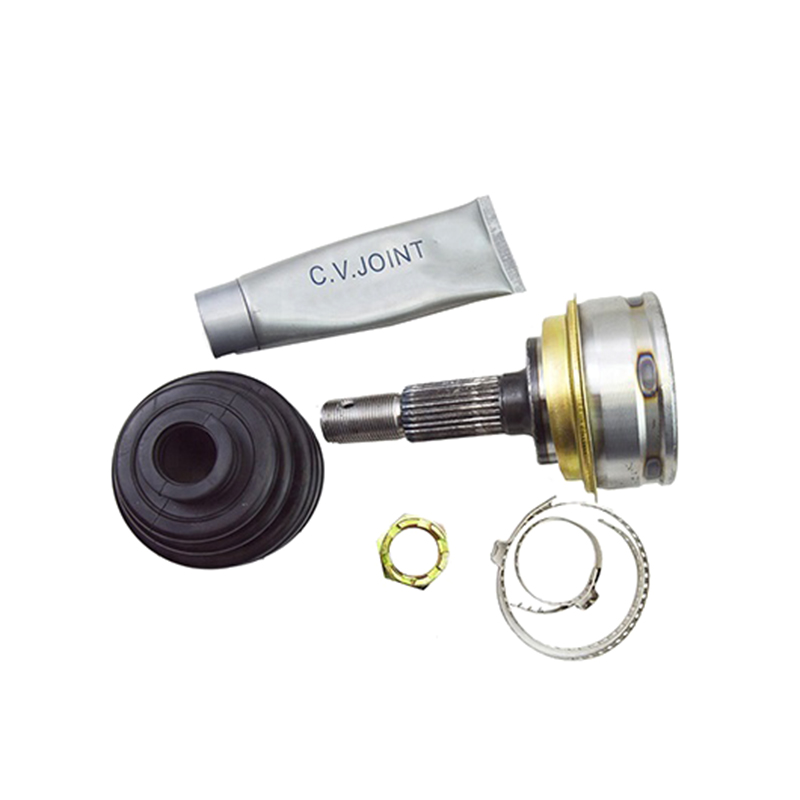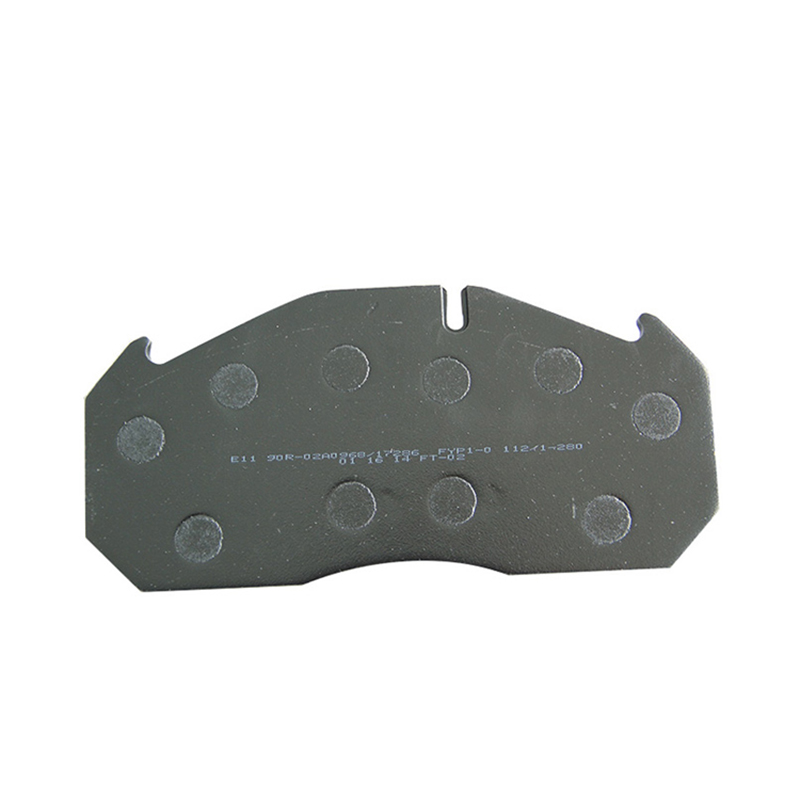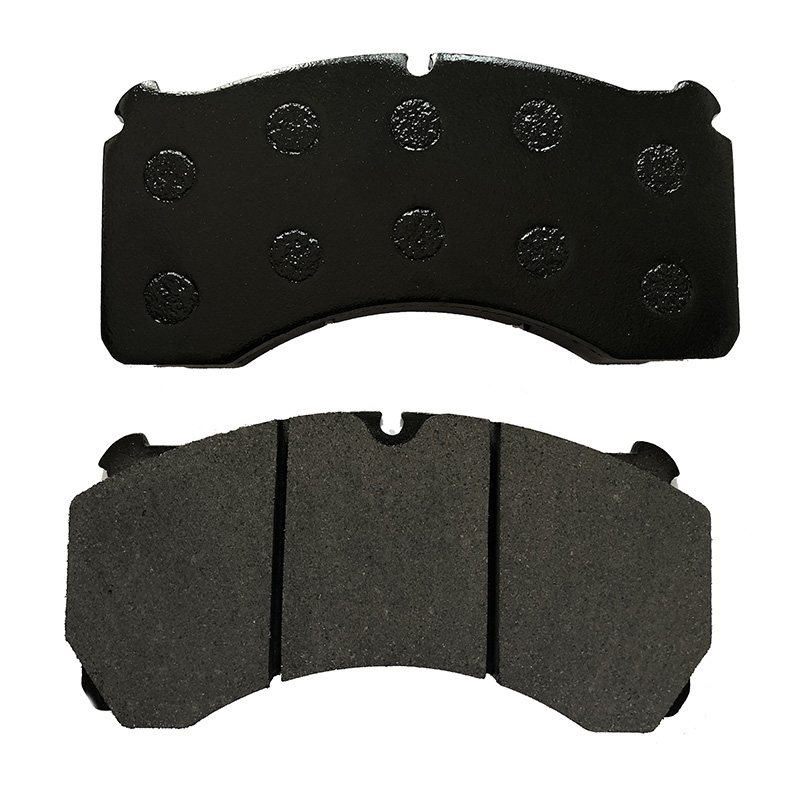Symptoms of a failing drive shaft can manifest in various ways, indicating potential issues that require inspection and repair. Here are some common signs and indicators of a failing drive shaft:
Excessive vibration felt throughout the vehicle, particularly at certain speeds or during acceleration, can indicate a problem with the drive shaft. This vibration may intensify as the vehicle accelerates or decelerates.
Unusual clunking, knocking, or rattling noises coming from underneath the vehicle, especially when accelerating, decelerating, or changing gears, can signal worn or damaged drive shaft components such as U-joints or center support bearings.
Abnormal noise from the drivetrain, particularly a metallic clicking or clunking sound, can indicate U-joint wear or failure. This noise may occur when shifting gears or transitioning between acceleration and deceleration.
A failing drive shaft may cause hesitation or difficulty in acceleration, especially when starting from a stop or during rapid acceleration. This symptom can be attributed to binding or excessive play in the U-joints or other drive shaft components.
If the drive shaft slips out of place or loses connection with the transmission or differential, it can lead to a loss of power transmission to the wheels. This may result in reduced vehicle performance, loss of acceleration, or inability to move the vehicle.

Visual inspection of the drive shaft may reveal signs of damage, such as bent or dented shafts, worn or broken U-joints, or leaking grease from the U-joint seals. Any visible damage should be addressed promptly to prevent further deterioration.
A failing drive shaft can cause uneven tire wear, particularly if the U-joints are worn or damaged. Uneven tire wear patterns, such as feathering or cupping, may indicate drivetrain issues that require inspection.
Leaking transmission or differential fluid around the drive shaft connections can indicate a failing seal or damaged component. Fluid leaks should be addressed promptly to prevent damage to the drive shaft and other drivetrain components.
A failing drive shaft can increase fuel consumption due to inefficient power transfer and increased drivetrain resistance. If you notice a sudden decrease in fuel efficiency, it may be attributed to drivetrain issues, including the drive shaft.
In some cases, drivetrain-related warning lights, such as the Check Engine Light or Transmission Warning Light, may illuminate on the dashboard. These lights can indicate various issues, including drive shaft problems, and should be diagnosed using a diagnostic scanner.
If you experience any of these symptoms, it's important to have your vehicle inspected by a qualified mechanic or technician to diagnose and address the underlying cause of the issue. Ignoring drive shaft problems can lead to further damage to the drivetrain and compromise vehicle safety and performance.
